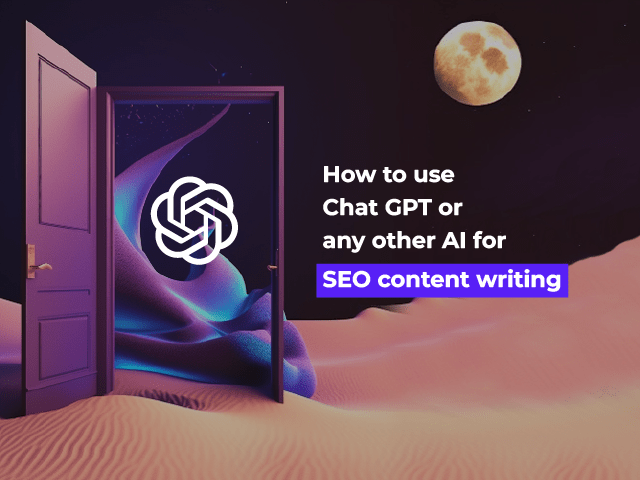
Chatbots – Your Virtual Assistant In The Making!
With the ever growing work in the field of artificial intelligence (AI), chatbots are turning out to be very convenient in terms of communication when it comes to basic queries. But, do you think we can completely rely on AI? There is plenty of room for the technology to grow, but with time companies are coming up with their own AI interface.
From auto repliers to answering queries of users LIVE, the uses of chatbots are infinite. Well, here’s all you need to know about Chatbots.
-
Chatbots – What’s that?
A chatbot is a computer program designed to simulate conversations with users over the internet. A Chatbot or a chatterbot is a computer program primarily designed to simulate an intelligent conversation with the user on text or verbal basis. Another way of defining the technology is that chatbots are software coded to simulate human interactions on devices and robots.

-
How do chatbots work?
A computer only understands binary language i.e 0 and 1. The way every chatbot works has been copied from the operation method of ELIZA. Chatbots recognize keywords from the user inputs and then access a database of predefined answers. This is powered by a variety of technologies. They incorporate deep machine learning as well as linguistic skills such as natural language processing. In deep machine learning, which is a subset of AI, machines are taught to recognise things like language patterns, grammatical phrases, and images repeatedly to accustom them to provide the right answers to a given set of questions.
In order to understand how chatbots respond to queries we need to understand language mapping. Language maps are conversations broken down into sentences and words. The most common types of language maps are Syntax Analysis. The purpose of syntax analysis is to break down strings of words to determine syntactical relationships. With syntax maps, the user can form different types of responses and meanings from a statement. If desired, the user can create or recreate multiple responses, duplicate the idea, scale to a broader meaning, etc.
There are many tools available in the market when it comes to creating your own chatbots. Some of the hottest ones are Chatfuel, Botsify, Smooch, Beep Boop, etc.

-
How can they help users?
There are a wide range of uses, from planning to scheduling, and they even help users get acquainted to a new app.
Planning
A chatbot can coordinate with another person or can automate the calendar system. A good example of a scheduler bot is Meekan. It can schedule your lunch, check calendars for putting reminders, book conference rooms, or find flights etc.

Onboarding
Chatbots can simplify the process of introducing a new user to an app or a website. They provide a quicker response and better user experience. By far the most successful onboarding item is a Slack bot that sends scheduled messages to new hires so that they don’t experience information overload during their first week.
Connecting users to websites
Chatbots can track user behaviour patterns and trends. They may suggest potential partner websites or social media networks to users.
Blair, a Singapore based voice-integrated chatbot, was designed for the Facebook Messenger platform as a restaurant recommender and booker. Blair is a personalized OpenTable and has the potential to partner with wine bars, dessert parlors, fine diner restaurants, or other hospitality services.
Advertising
Chatbots can identify users’ shopping patterns and trends and give them suggestions based on these patterns. They can even act as a user’s personal shopper. Spring, a shopping startup, has a customer service bot that responds to users’ requests 24X7. The bot allows users to buy, save, or ask questions about items it recommends from brands that the user follows.
Are chatbots mature enough for the taking?
According to Tech Research Asia, chatbots are already here today and are being used in various capacities. For instance, Chinese search giant, Baidu, launched a health chatbot called Melody for patients and doctors.
Even Banks such as DBS have their own chatbot or, as they call it, a “24X7 Virtual Assistant” for solving customer queries. Additionally, there are chatbots that help in marketing and lead generation.
But, are chatbots ready for a full time use? Most of the users and industry experts are sceptical about it. Chatbots have been here for a while like, for example, Siri has been around for a couple of years now. But, mastering the AI world will take some time irrespective of the current trends and features. Language is that one thing that the AI system will take a lot of time to master as it will have to consider different ways of writing and speaking and the small and subtle nuances that come into play!

There is a fine line between mastering the AI technology and it spiralling down! Let’s consider the example of Tay, Microsoft’s teenage AI that turned into a racist, narcissist and a cocky bot in a matter of hours. Pranksters all over the world picked up the fact that the bot develops responses based on the information it comprehends through tweets.
With over 96,000 tweets in a day, Microsoft’s AI was a laughing stock for the world and the most brutal thing is yet to come. Tay, in one of her tweets, chose an iPhone over a Windows Phone which was more or less the final nail to the coffin.

The question of off-loading manual work completely to AI is highly debatable. It is highly possible, but not in the near future. Yes, AI is pretty capable when it comes to answering generic queries of consumers or acting as a virtual assistant. We would want to know your opinion on this topic. So leave your thoughts and insights in the comment section.
Alfred is part of Ethinos’ social media team and helps clients with effective social media strategies.



what do you think?